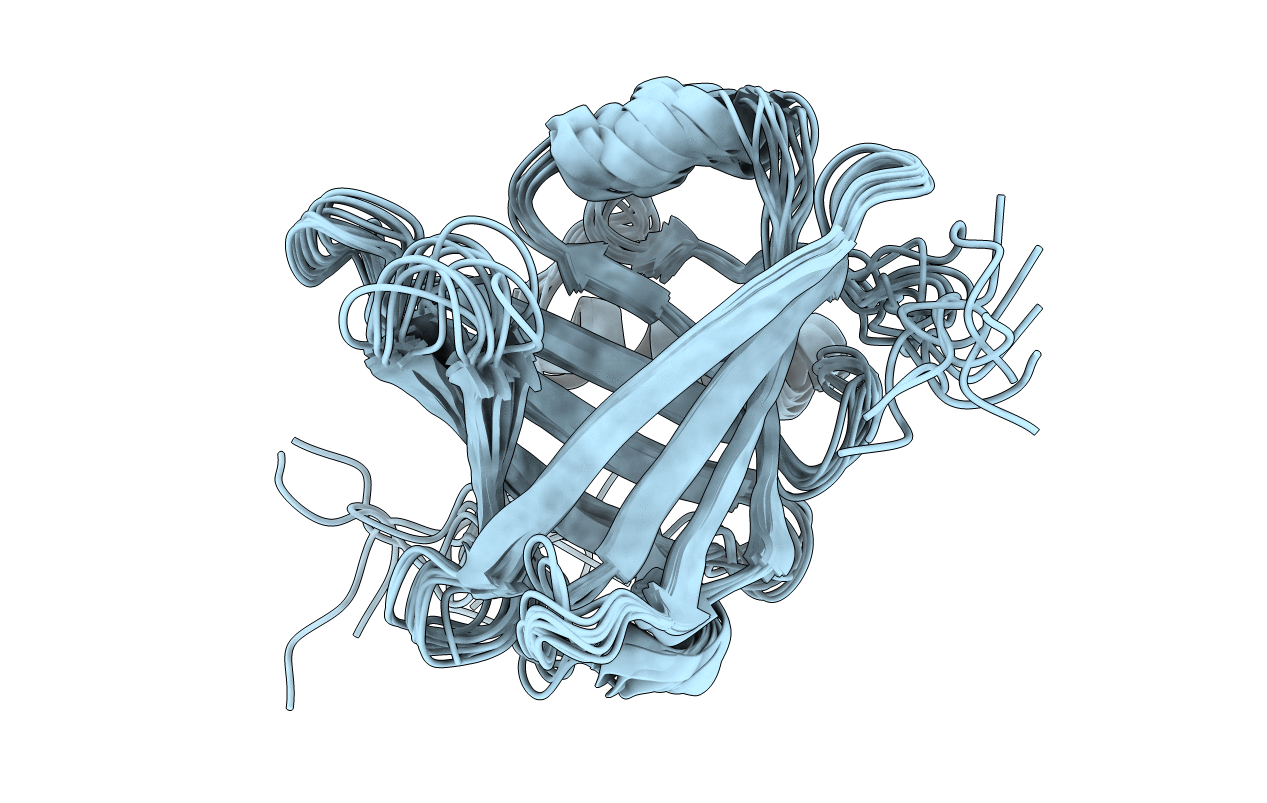
Deposition Date
2008-12-24
Release Date
2009-12-15
Last Version Date
2024-10-30
Entry Detail
PDB ID:
2RQ0
Keywords:
Title:
Solution Structure of Mouse Lipocalin-type Prostaglandin D Synthase Possessing the Intrinsic Disulfide Bond
Biological Source:
Source Organism:
Mus musculus (Taxon ID: 10090)
Host Organism:
Method Details:
Experimental Method:
Conformers Calculated:
3000
Conformers Submitted:
10
Selection Criteria:
structures with the lowest energy


